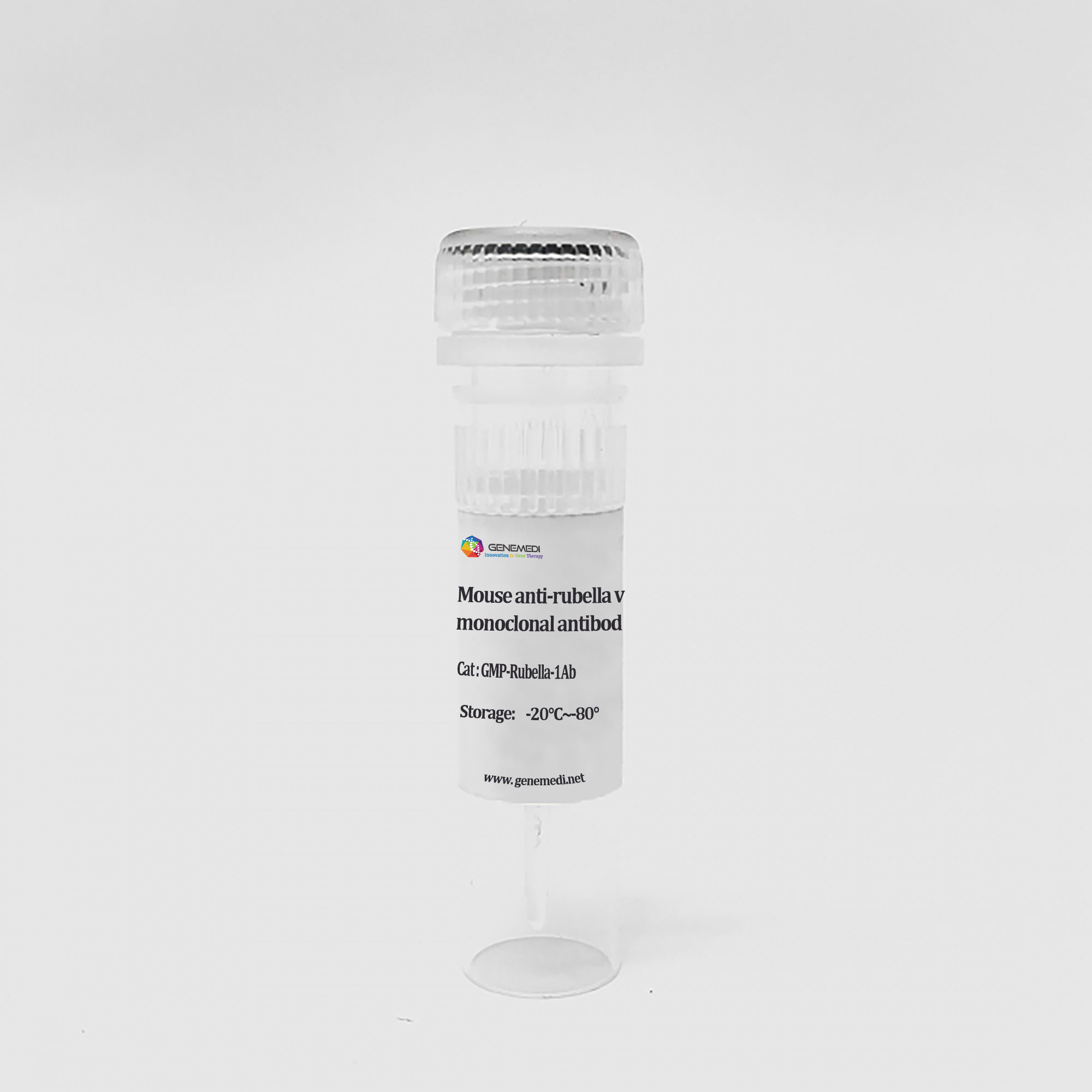Product Details
Product Description
Cat No. of Pruducts
Product Name
Target
Alias of Target/Biomarker
Expression platform
Isotypes
Bioactivity validation
Tag
Products description
Reconized/Reactive Species
Purity
Application
Formulation
Storage

Cat No. of Pruducts
Product Name
Target
Alias of Target/Biomarker
Expression platform
Isotypes
Bioactivity validation
Tag
Products description
Reconized/Reactive Species
Purity
Application
Formulation
Storage
Diagnostic antibodies and antigens for cancer detection - TG, CA-125, SCC Ag, PIVKA-Ⅱ, ProGRP, Calcitonin, NSE, CA-724, HE4, CA15-3, FER, CYFRA21-1, HER2, HSP90α, S100B, CEA, AFP, sFlt-1, PSA, hEGF, TFF2, TFF3, CA199, CA50, TK1
Regardless of the advances in the cancer therapy, delayed symptoms and lack of successful diagnosis of cancer at early stage increased the death rate. Tumor-associated antigens (TAAs) and their antibodies have been identified as potential markers in cancer diagnosis and determination. TAAs and their antibodies-based detection of cancer have the advantages such as low-cost, and simple access, which attracted much attention for early cancer detection. For several reasons, tumor marker itself is typically insufficient to analyze disease conditions. Because, maximum number of markers have been produced by both normal and cancer cells. Several cancers such as anal, breast, ovaries, testicles, colon, endometrial, peritoneal, fallopian tube, gallbladder, gastric, liver, lung, neuroendocrine, pancreatic, prostate, renal, cervix, stomach and thyroid cancer, bronchopulmonary dysplasia, hepatitis, hematological malignancies, hemochromatosis, hypercalcemia, osteoporosis, Parget’s diseases and so on have been identified using specific marker. Detecting the quantity of marker proteins from different samples may benefit from ELISA, Lateral flow immunoassay (LFIA), colloidal gold immunochromatographic assay, Chemiluminescent immunoassay (CLIA), turbidimetric inhibition immuno assay (TINIA), immunonephelometry and POCT.





